Nuclear Science in the Yennello Group
Our measurement-driven research in nuclear science aims to address questions such as “What are the origins of the elements?”, “How is subatomic matter organized and what phenomena emerge?”, “What is the nature of matter under extreme conditions?”, and “What are the limits of nuclear stability?” We conduct experiments to probe nuclear dynamics, thermodynamics, and the underlying equation of state. We conduct experiments to study correlations between nucleons and the spontaneous clustering of nucleons. We conduct experiments to measure cross sections and strength functions to predict reaction rates. We develop pathways for isotope production and purification.
Nuclear Equation of State, Dynamics, and Thermodynamics
The nuclear equation of state describes the relation between the nuclear temperature, pressure, density, energy, and composition. It arises from the fundamental microscopic interactions between nucleons. The equation of state impacts the dynamics of heavy ion collisions, and governs the particle yields and emission patterns. By measuring manifestations of the equation of state in terrestrial experiments, we constrain the physics of neutron stars and neutron star mergers, both sites of nucleosynthesis. To this end, we measure the flow patterns of nuclear clusters in heavy ion collisions; we measure the nuclear caloric curve; we measure the production of pions from supra-saturation nuclear matter; we measure the isotopic scaling of particle yields; we measure neutron-proton equilibration as a function of time on a sub-zeptosecond time scale. We make these measurements using NIMROD and FAUST at TAMU, and SpiRIT at RIKEN. In addition to continuing programs with these devices, we plan to make measurements at FRIB and FRIB400.
Clustering and Correlations
Nuclear matter spontaneously organizes, and this leads to clusterization. Clusterization in key in low-mass nucleosynthesis (the Hoyle state is a prime example, but far from the only one) and in apontaneous alpha emission. We study correlations between nucleons and the cluster structure they give rise to in order to characterize the nuclear strong force at low density and the wide range of behaviors it can give rise to. We measure nucleon-nucleon correlation functions with predicted sensitivity to the symmetry energy. We measure the modified decay of short-lived resonant states in the field of their parent nucleus. We measure high cluster-multiplicity decay of mid-mass nuclei to search for evidence of exotic (e.g. toroid) nuclear deformation. We measure momentum distributions of nucleons with predicted sensitivity to the high-relative momentum short-range nucleon correlations. We make these measurements with FAUST and NIMROD.
Reaction Rates and Cross sections
Neutron capture reaction rates are crucial aspects in nuclear astrophysics models, in advanced reactor design, and in security applications. Since it is not possible to measure all necessary reactions, predictive models must be constrained. This can be done with neutron capture on
stable nuclei, combined with measurements of proxy reactions such as (d,p) to populate bound and unbound states. DAPPER can study these proxy reactions on stable and radioactive nuclei to measure the photon strength function, which describes the likelihood of a nucleus hanging on to a neutron once it is captured. We compare our DAPPER measurements to direct neutron capture in DANCE at LANL, and to stable-target measurements with Hyperion at TAMU.
Isotope Production and Purification
Radioactive isotopes have many and increasing applications in our society. We focus on radioactive nuclides with application in cancer treatment. At-211 is an alpha emitter with a short half-life and a biologically acceptable decay chain. Since few facilities have the equipment necessary to produce it, its availability is limited by its short half-life. We have developed production via Bi+He fusion-evaporation to produce tens of millicurie of At-211. Further, we have developed a purification procedure which allows for efficient shipping of the astatine. We conduct wet chemistry experiments with purified astatine to understand its redox chemistry which is relevant to ligand binding. Astatine which has been adequately bound to a biomolecule can be used to target cancer with cellular precision. We are currently measuring production cross sections for other medically interesting nuclides.
Experiments
| Experiment | About | Picture |
| 4He,10B, 20Ne, 40Ar to 64Zn, all at the same energy per nucleon, 47 Mev/u; 112Sn and 124Sn | Experiments in nuclear collisions with density | 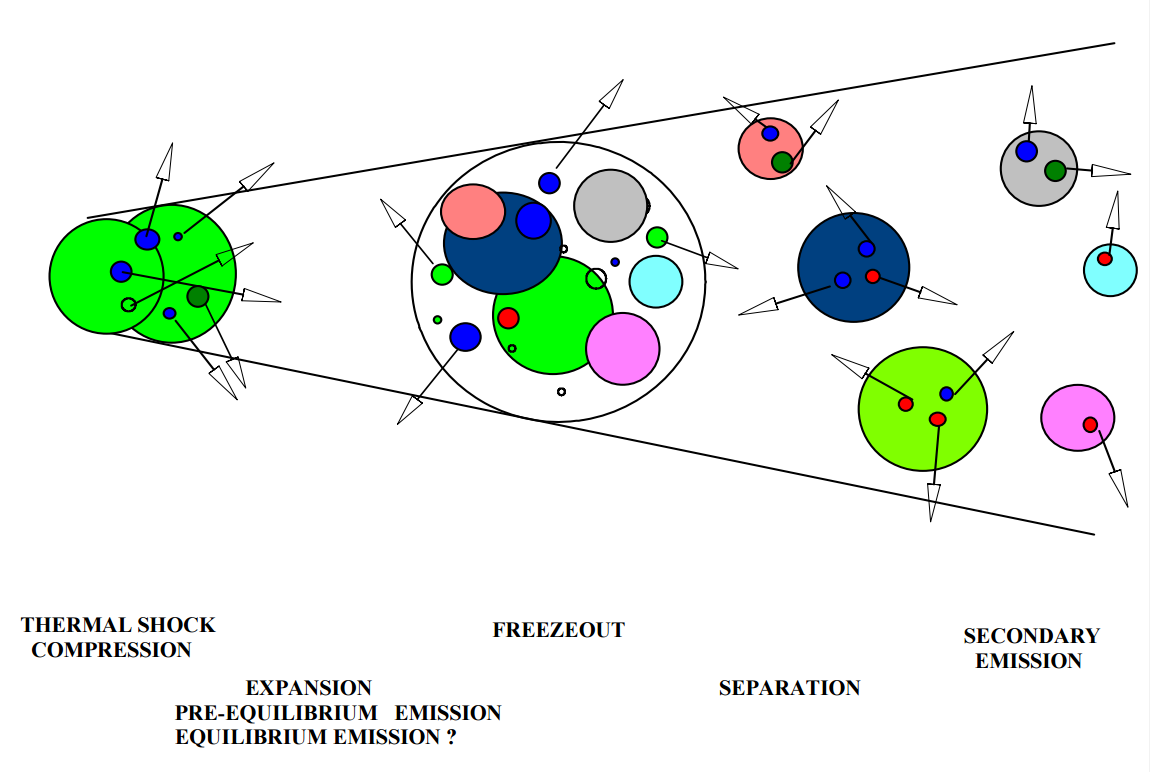 |
| 86Kr, 78Kr+64Ni,58Ni at 35 MeV/A | Experiment in fragment particle identification method | 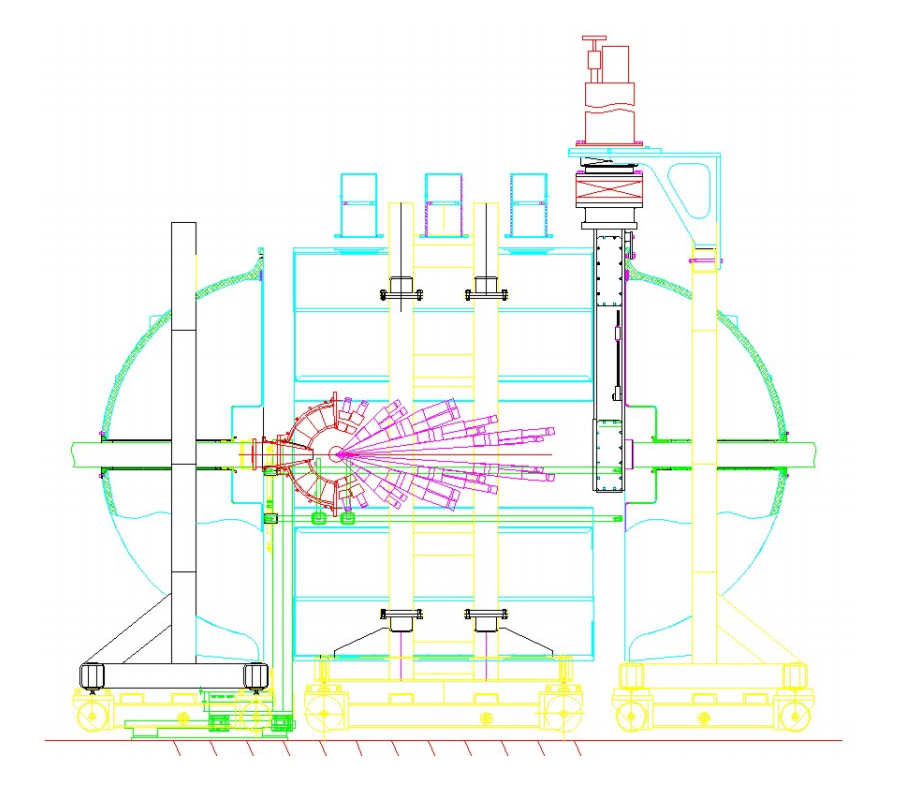 |
| 4Zn, and 64Ni at 35 MeV/u; 70Zn, 64Zn, and 64Ni | Use of the NIMROD-ISiS array to produce four calibration beams in addition to three reaction systems |  |
| 70Zn, 64Zn and 64Ni at 35 MeV/nucleon; 70Zn, 64Zn and 64Ni | Using the NIMROD-ISiS array, two sets of calibration were found | 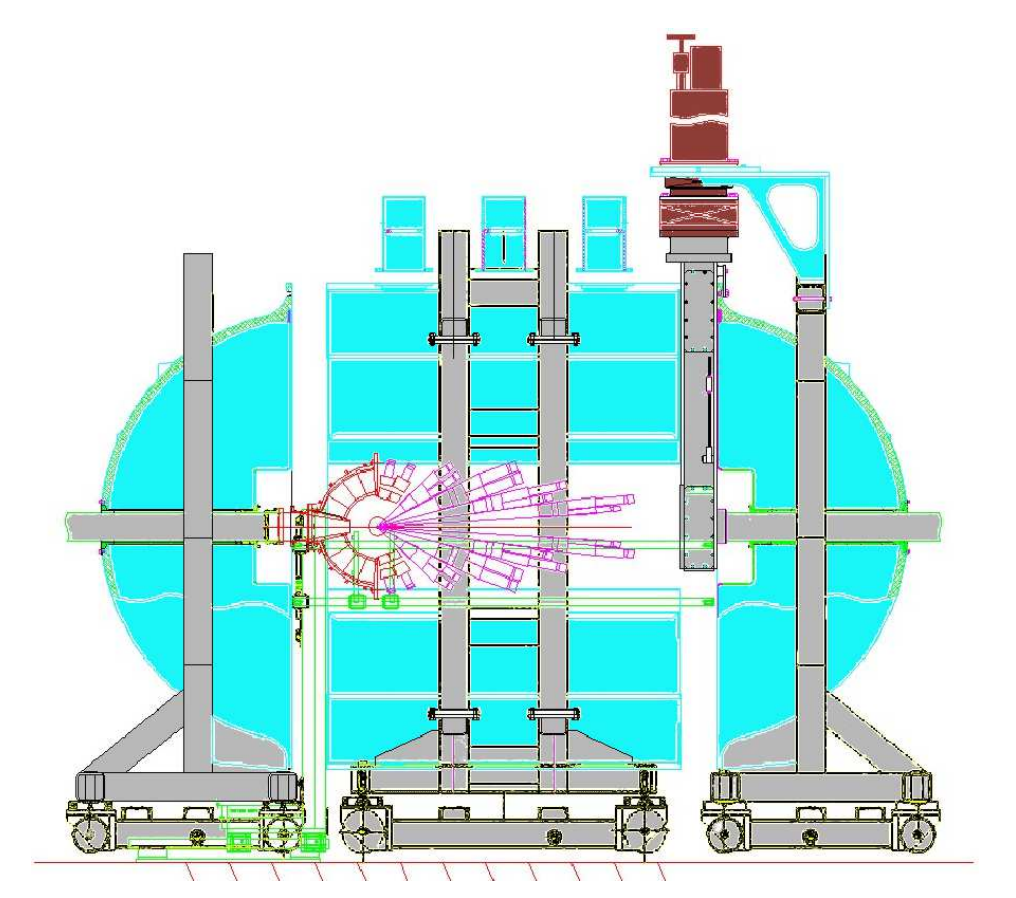 |
| 40Ar+58Fe,70Zn and 40Ca+58Ni at 40A MeV | Investigating the position dependence using the Forward Array Using Silicon Technology (FAUST) detectors | 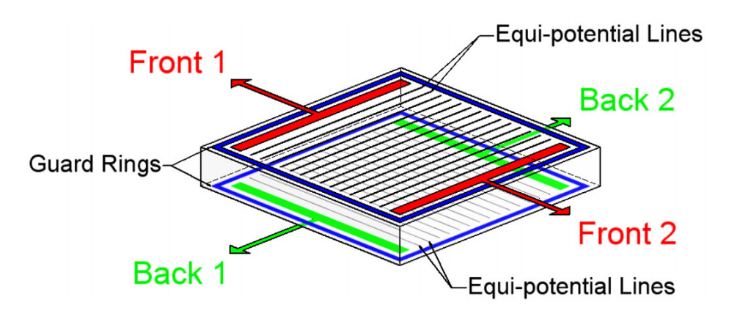 |
| 136Xe, 124Xe and 124Sn at 15 MeV/nucleon | Studying ternary Breaking of the Reaction System in Heavy-Ion Collisions using the FAUST array. | |
| 124Xe and 136Xe to 49.2 s. MeV/u; 112Sn and 124Sn | Discovering the Xe + Sn cross-bombardment reaction. | 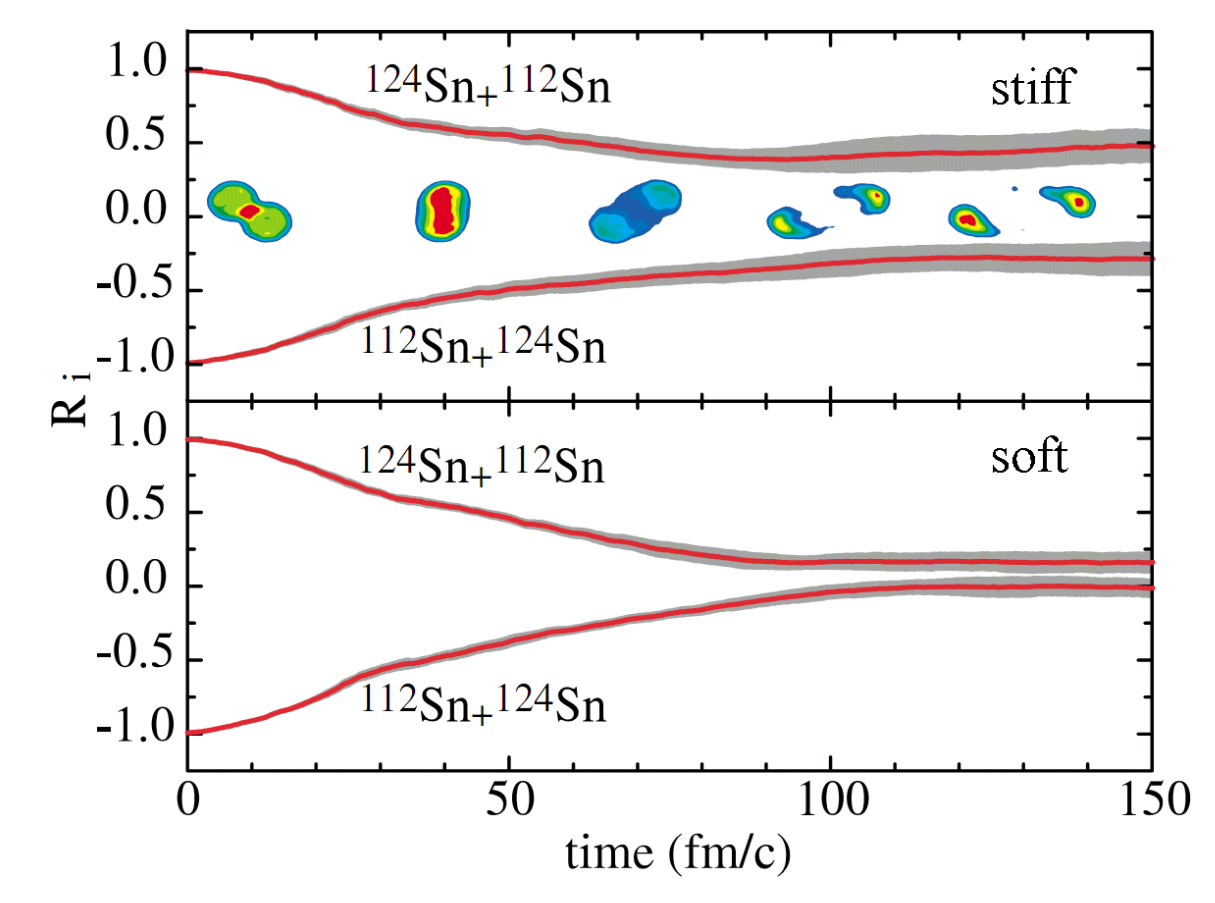 |
| 32S ions of energy 45 MeV/nucleon, 112Sn target. | Detecting Fragments produced in peripheral and semi-peripheral collisions by the FAUST multi-detector array. | 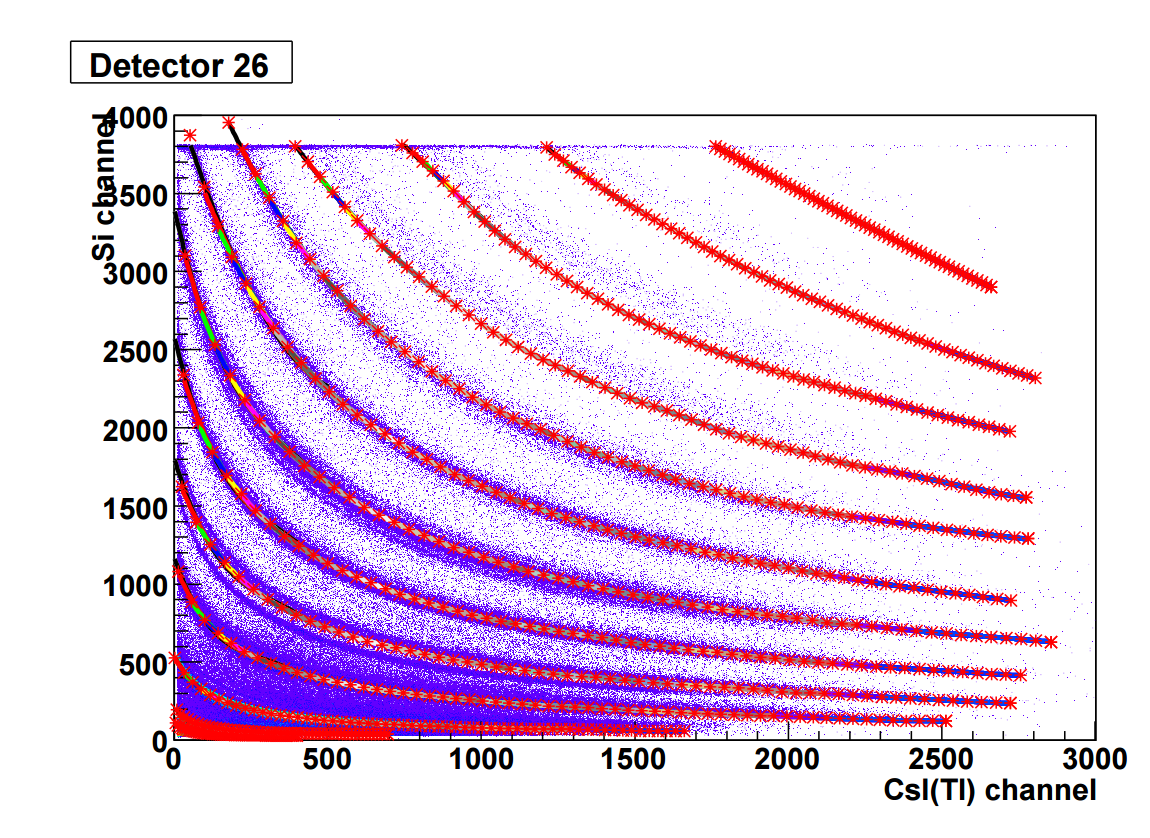 |
| 28Si + 112Sn and 124Sn at 30A and 50A MeV | Investigation of isotopic identification |  |
| 40Ca + 27Al at 52A MeV | l\Lines for three known isotopes (typically 1H, 4He, 7Be) are assigned and energy calibration were calculated using FAUST | 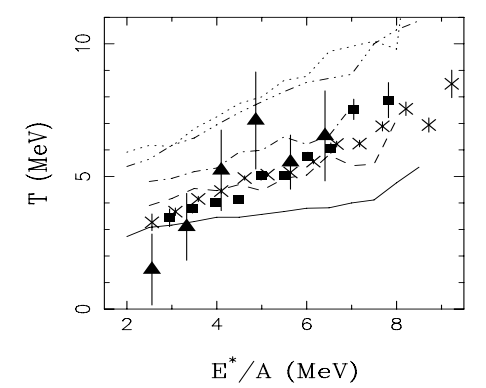 |
| 24Mg, 40Ca, 40Ar, 48Ca at 32A MeV + 112Sn and 124Sn and 40Ca, 40Ar, 48Ca at 45A MeV + 112Sn and 124Sn | Using the Superconducting Solenoid Rare Isotope Beam Line [8] rare ion beams will be produced and identified with TOF techniques. |  |